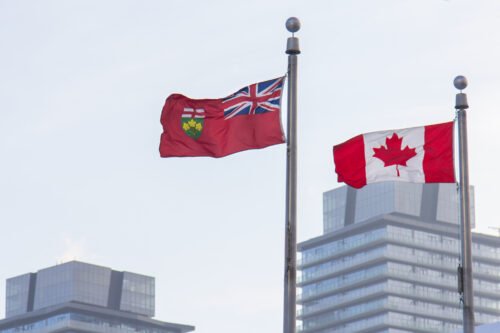
CNA STATEMENT ON ONTARIO PROVINCIAL NUCLEAR EMERGENCY RESPONSE PLAN (PNERP)
OTTAWA (June 13, 2017) – The Provincial government recently released its draft of the Province’s Nuclear Emergency Response Plan (PNERP) for comment based on the input of an advisory group, made up of national and international experts in nuclear safety and emergency management to review and consider all responses to the plan and provide recommendations on how to best reflect feedback.
• The industry agrees with the Provincial recommendations to revise the PNERP including adding a Contingency Planning Zone. Currently there are three response zones in place. These are communities that lie within a specific radius of a nuclear facility. As one example, looking at the Darlington plant, the secondary zone, which encompasses the largest distance (50 kilometers), the secondary response zone would include communities from Scarborough in the west to Coburg in the east.
• Emergency preparedness and planning is at the very heart of our business. In June, the International Atomic Energy Agency (IAEA) team of experts stated that, “Bruce B is clearly committed to safety and operational excellence and is implementing comprehensive programs to deliver safety and effective long-term operation,” according to Team Leader Vesselina Ranguelova, OSART Programme Manager at the IAEA.
• While the geography of Canada makes it highly unlikely that an earthquake and ensuing tsunami, like the one that affected the Japanese coast, could ever occur here, we know that we must invest and demonstrate our commitment to planning and preparing for the unexpected.
• The nuclear industry’s commitment to emergency planning has been in place since the operation of nuclear power plants began, over fifty years ago.
• The current Province’s Nuclear Emergency Response Plan (PNERP) is very robust. It outlines operator responsibilities, planning times and protective and precautionary measures.
• Ontario’s PNERP is updated regularly and was updated formally in 2009. However, after the tsunami and earthquake in Japan, in 2011, industry took the lead on making further adjustments and investments in emergency preparedness including:
1. OPG installed flood barriers and autocatalytic recombiners to protect low-lying equipment in the event of a severe weather disaster
2. OPG hosted a full-scale emergency exercise at its Darlington operations
3. Bruce Power made additional investments in a suite of back-up generators and fire trucks. A new Emergency Management Center, equipped with its own power supply was also set up.
4. Last October, Bruce Power hosted 500 people from over two-dozen agencies to take part in a week-long emergency preparedness drill
-30-
For more information:
Paul Hebert
Director of Communications
(613) 237-4262
hebertp@cna.ca
Media Contact
Natalie CutlerVice President, Communications & Member Engagement
communications@cna.ca


